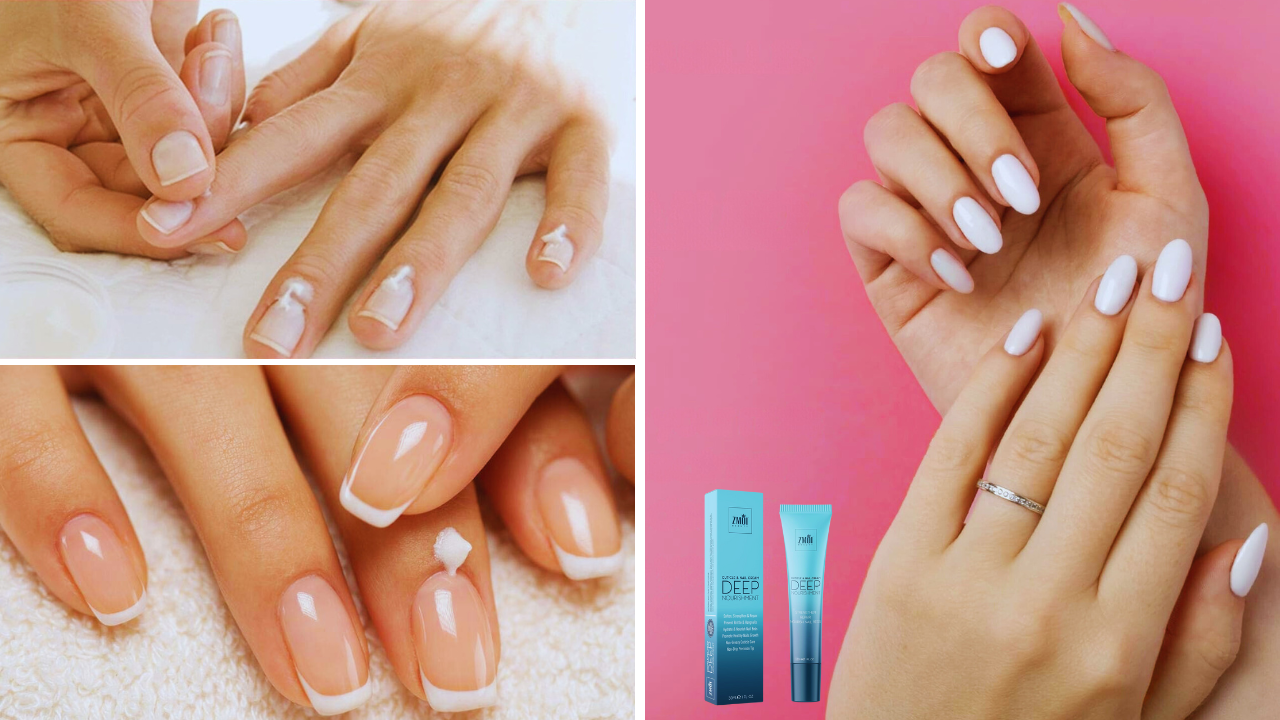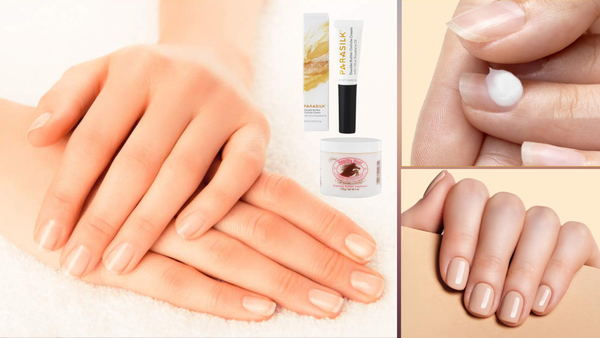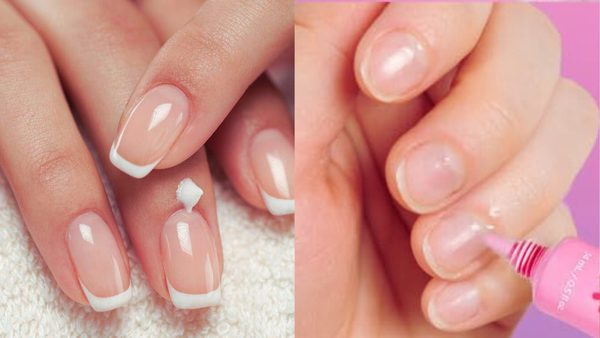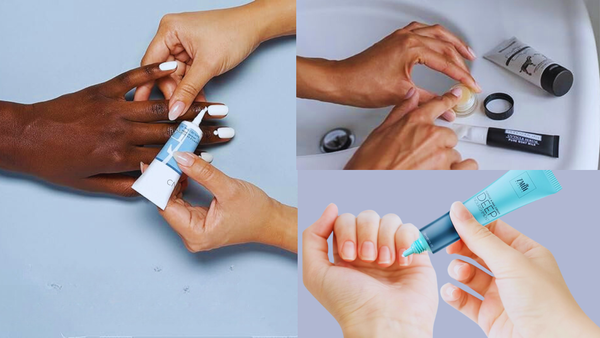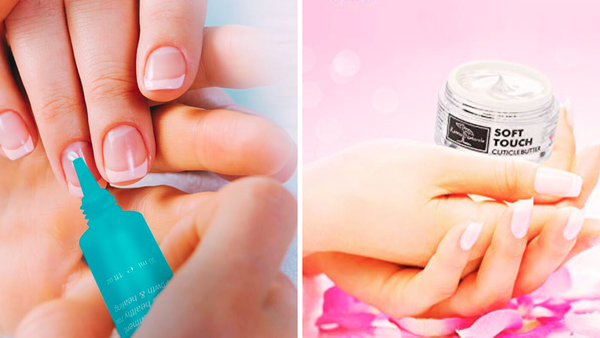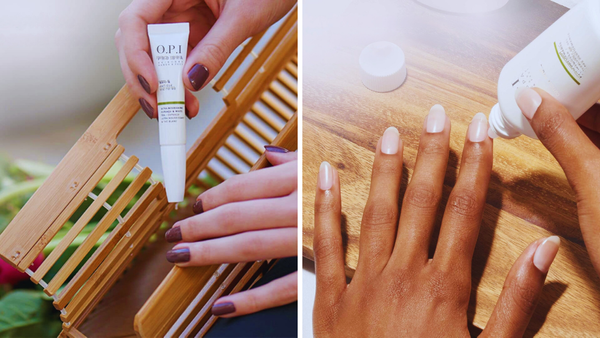Key Takeaways:
- Cuticle cream is designed to moisturize and protect the cuticles, preventing rough, cracked, and dry conditions.
- Ingredients like shea butter, essential oils, and vitamins play a crucial role in the efficacy of cuticle creams.
- Regular use of cuticle cream can lead to healthier nails and cuticles, enhancing the overall appearance of your hands.
The Role of Cuticle Cream in Nail Care
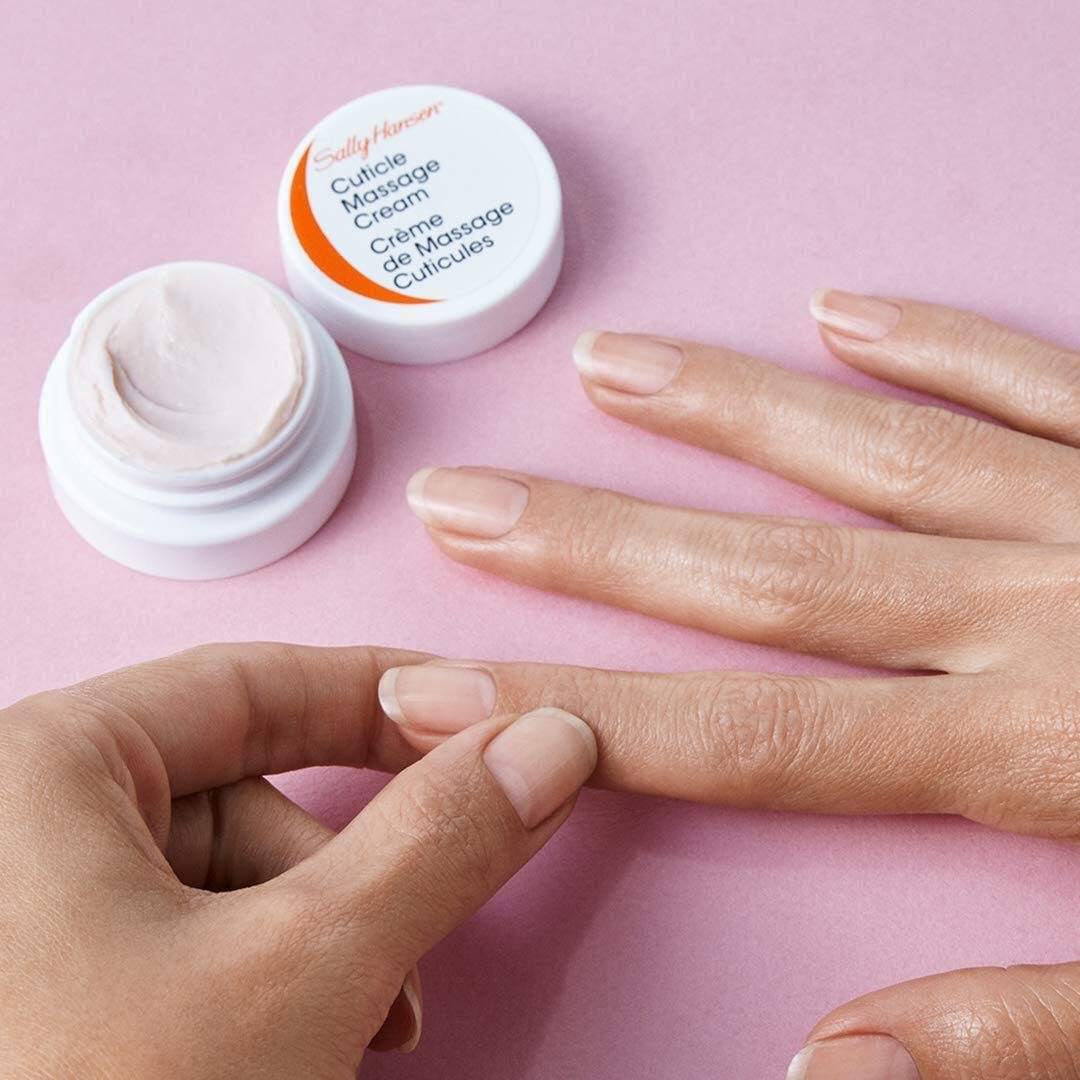
When it comes to nail care, the importance of cuticles is often overlooked. But what does cuticle cream do to your cuticles? This specialized cream is a game-changer for anyone struggling with rough or cracked cuticles. Its primary function is to moisturize and protect this delicate area, ensuring your nails remain healthy and strong.
Cuticle cream is not just a luxury item for your spa day; it's a necessity for maintaining the integrity of your nail plate. By providing moisture and combating dryness, cuticle cream helps prevent nail splitting from neglected cuticles. It's a targeted solution beyond what a regular hand cream can offer.
Ingredients That Make a Difference
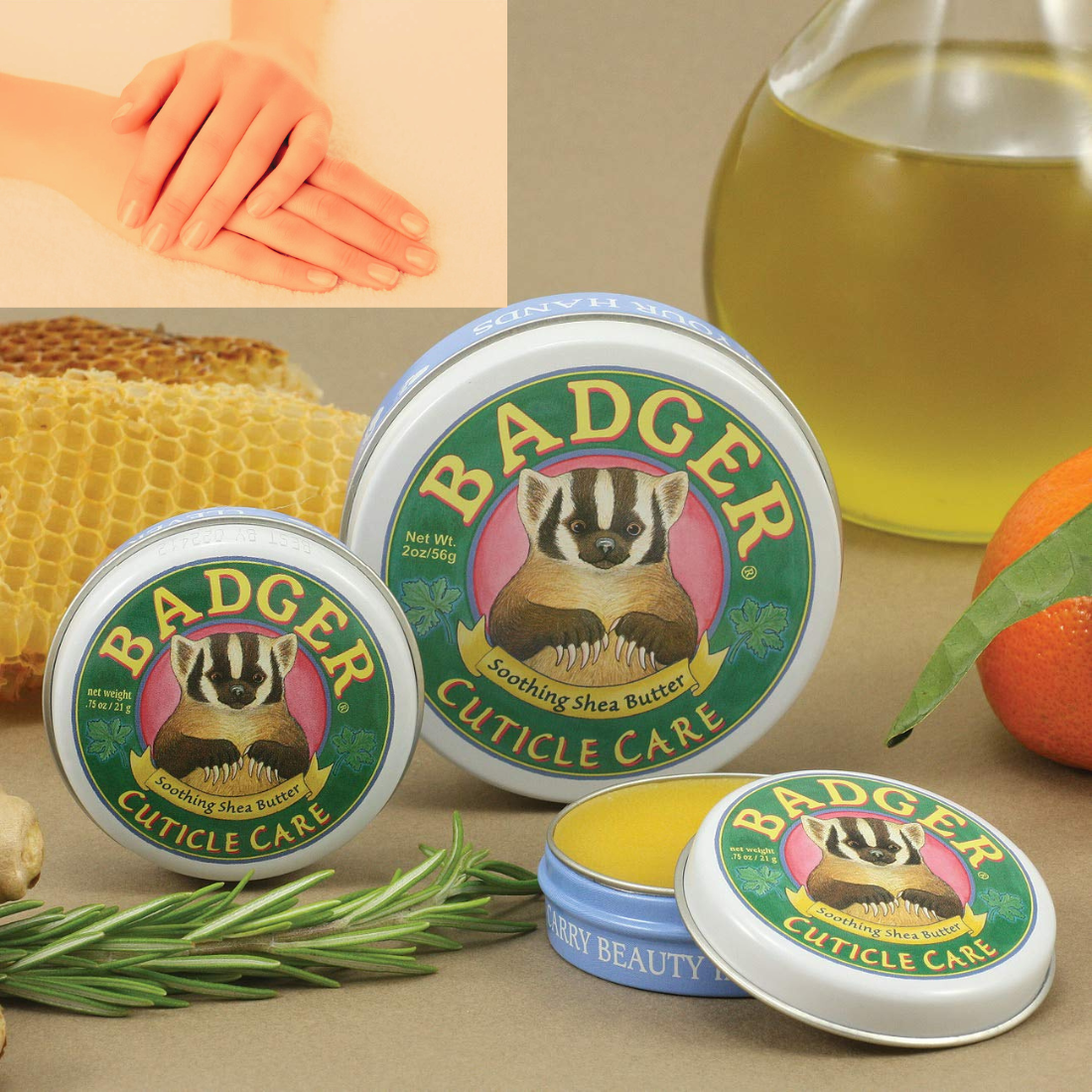
The effectiveness of cuticle cream lies in its active ingredients. Shea butter, known for its deep moisturizing properties, is a common component of cuticle creams. It helps to soften and nourish the skin without leaving a greasy residue. Essential oils such as almond oil, jojoba oil, and seed oil are also frequently used for their ability to hydrate and repair skin.
Other ingredients like vitamin E and glycerin are added to cuticle creams to enhance their healing properties. Vitamin E is an antioxidant that protects the skin from damage, while glycerin is a humectant that draws moisture into the skin. Together, these ingredients create a formula that conditions cuticles and promotes a healthier nail bed.
The Science Behind Cuticle Creams
Cuticle creams are formulated with natural ingredients and scientifically developed compounds. Stearic acid, for example, is a fatty acid that helps to repair the skin's barrier, while sodium hyaluronate, a form of hyaluronic acid, provides intense hydration. Isopropyl palmitate and cetyl alcohol are emollients that smooth and soften the skin, making it more pliable.
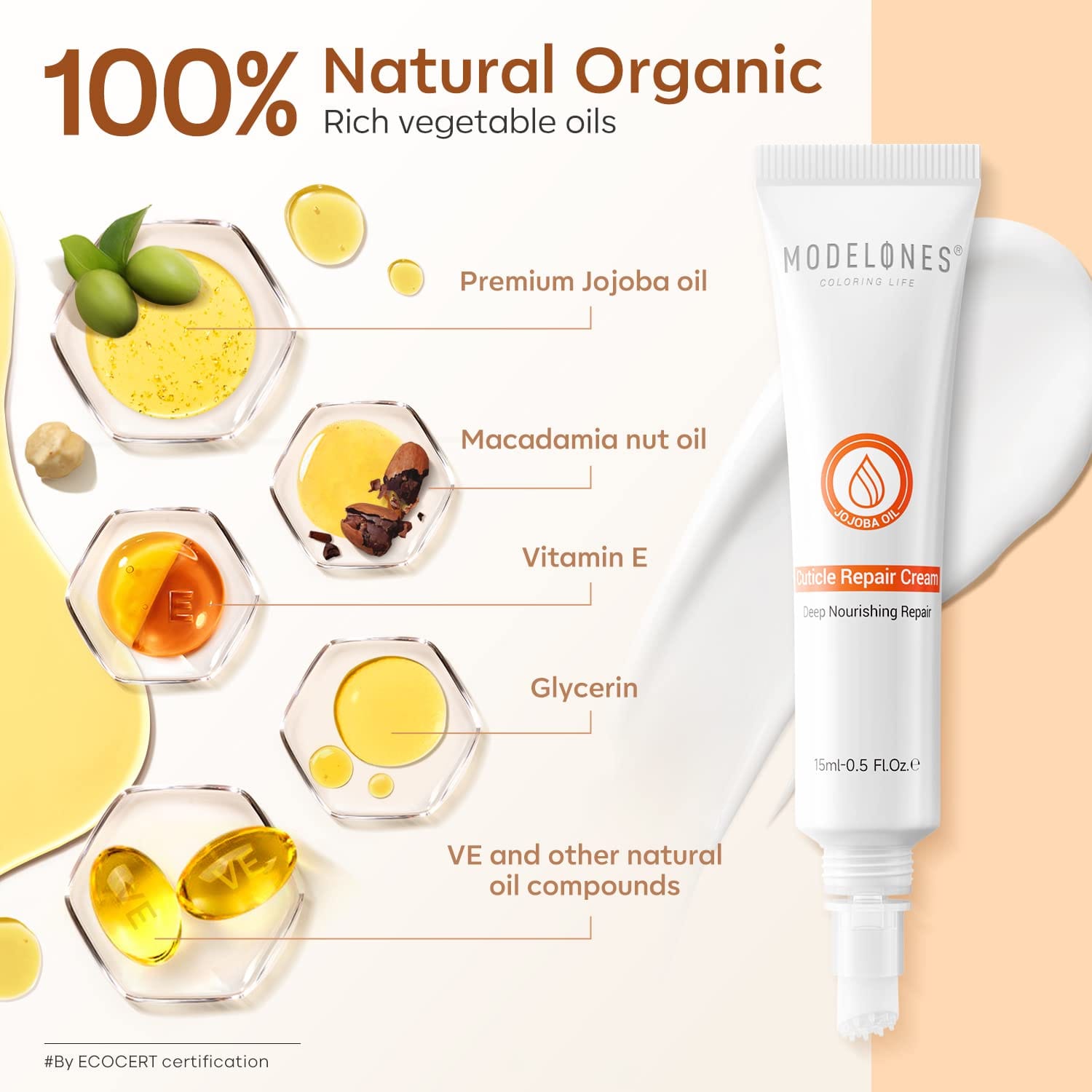
These ingredients work in synergy to create a barrier that locks in moisture and keeps out bacteria. Red algae and tocopheryl acetate (vitamin E) are often included for their skin-soothing properties. The result is a cream that not only moisturizes but also improves the overall health of your cuticles and nails.
A Practical Guide to Using Cuticle Cream
Applying cuticle cream is a simple process that can be incorporated into your daily routine. Start by washing your hands thoroughly to remove any dirt or bacteria. Take a small amount of cream and massage it into your cuticles and the surrounding skin. For best results, apply the cream after a shower when your skin is still slightly damp to help the product penetrate more effectively.
It's recommended to use cuticle cream at least once a day, but for those with particularly dry or damaged cuticles, a night-time application can be beneficial. A thick layer of cream can be left on overnight to work magic while you sleep, providing an intense treatment for your nails and cuticles.
How Cuticle Creams Combat Dryness and Cracking
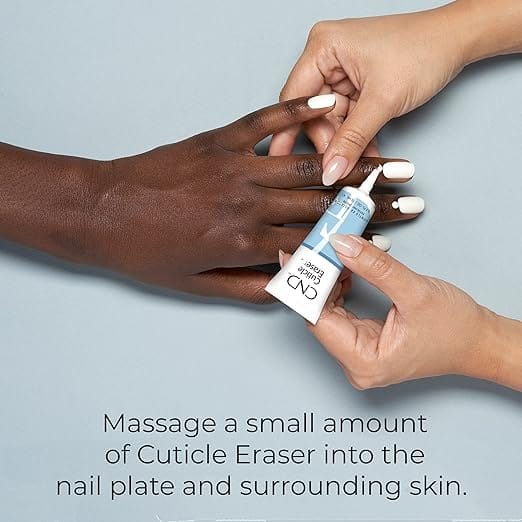
Have you ever wondered exactly what does cuticle cream do to your cuticles? Well, it's all about combating the dreaded dryness that leads to rough cuticles and, worse, cracked cuticles. These creams are packed with moisturizing ingredients like shea butter, glycerin, and various oils such as almond and jojoba oil, known for their ability to hydrate and nourish the skin around your nails. By regularly applying cuticle cream, you're essentially giving your cuticles a drink of water, which helps to maintain their flexibility and prevent peeling or splitting.
Moreover, the active ingredients in cuticle creams, like vitamin E, sodium hyaluronate, and tocopheryl acetate, work in tandem to repair and protect. These components not only moisturize but also help to strengthen the nail plate and surrounding skin. For those with particularly dry cuticles, a nightly routine involving a small amount of rich cuticle cream can make a significant difference. Just a dab before bed allows these nourishing ingredients to work their magic overnight, ensuring you wake up with soft, smooth cuticles ready for the day—or even a spa day manicure!
The Synergy of Cuticle Cream Ingredients for Optimal Nail Health
When selecting a cuticle cream, it's essential to look for one that contains a blend of natural ingredients and essential oils. Ingredients like seed oil, stearic acid, and cetyl alcohol work to soften and condition cuticles without leaving a greasy residue. This means you can apply your cream and go about your day without that sticky fingers feeling. Additionally, lanolin and safflower oil are often included for their intensive moisturizing properties, particularly beneficial for those with brittle nails and dry nail beds.
But it's not just about moisture; these creams often contain antioxidants and keratin, which are vital for maintaining the health of your nails and cuticles. Antioxidants help to protect against environmental damage, while keratin, a protein found in nails, helps to prevent splitting and peeling. Some creams even boast red algae and isopropyl palmitate, which can improve the overall appearance of the hands by providing a protective barrier that soothes, softens, and protects. With regular use, a good cuticle cream can not only improve the look of your cuticles but also contribute to a healthier, more resilient nail structure.
The Benefits of Regular Use
Incorporating cuticle cream into your nail care routine can yield significant long-term benefits. With regular use, you'll notice that your cuticles become softer and more supple, making them easier to manage during a manicure. The cream helps to hydrate the cuticles, reducing the likelihood of peeling or becoming brittle.
Moreover, healthy cuticles act as a protective barrier for your nails, preventing the entry of bacteria and fungi that can lead to infections. By keeping your cuticles in top condition, you're not only improving their appearance but also ensuring the long-term health of your nails.
Cuticle Cream vs. Cuticle Oil: What's the Difference?
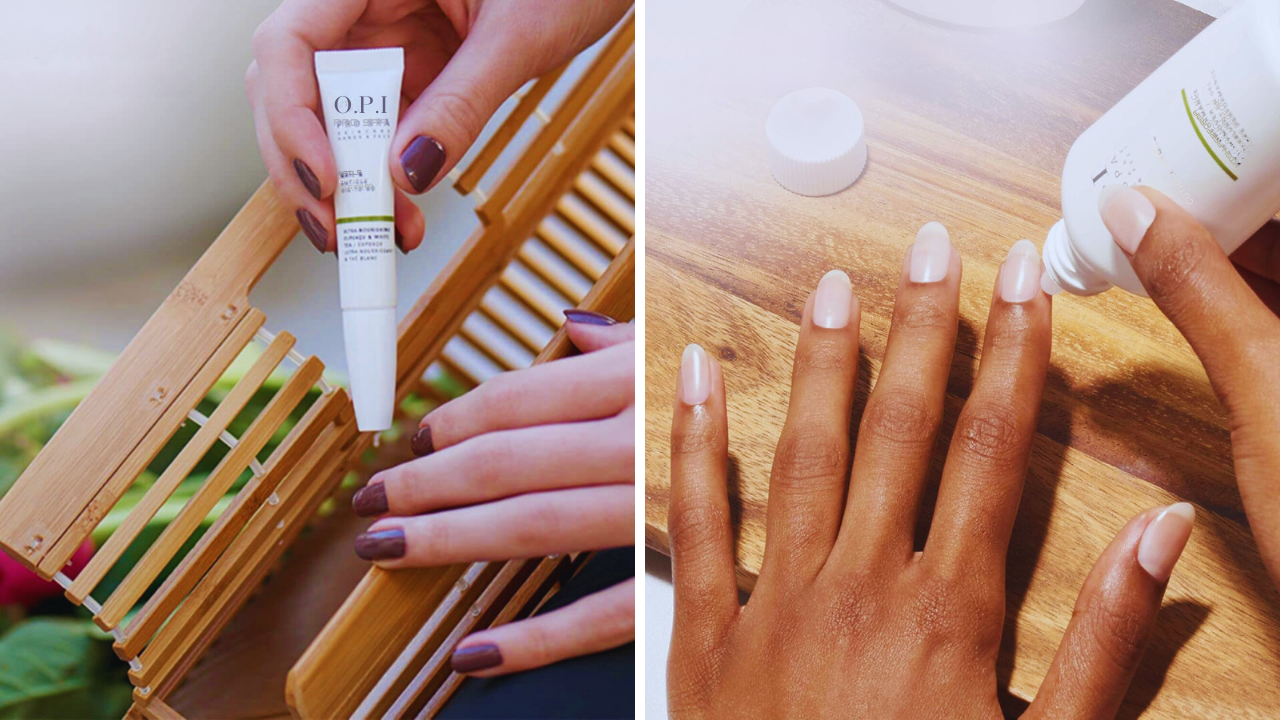
While both cuticle cream and oil aim to moisturize and nourish the cuticles, they differ in their consistency and application. Cuticle oil is typically lighter and can be absorbed quickly, making it a good choice for those who dislike the feeling of heavy creams. However, cuticle cream often provides a more substantial barrier and longer-lasting moisture, which can be particularly beneficial during colder months or for those with extremely dry cuticles.
Choosing between the two often comes down to personal preference and the specific needs of your skin and nails. Some individuals find that using both products in tandem offers the best results, with oil for daily maintenance and cream for intensive treatment.
The Aesthetic Appeal of Well-Cared-For Cuticles
Taking care of your cuticles can dramatically improve the appearance of your hands. Healthy, moisturized cuticles give your nails a clean and polished look, even without nail polish. This can enhance your overall beauty and give you a boost of confidence in your day-to-day interactions.
Furthermore, well-maintained cuticles can make your manicure last longer and look better. By preventing hangnails and skin tears, cuticle cream ensures that your nails are a perfect canvas for any nail art or color you apply.
Choosing the Right Cuticle Cream for You
With so many cuticle creams on the market, it can be overwhelming to choose the right one. Look for products that contain the key ingredients mentioned earlier, such as shea butter, essential oils, and vitamins. Avoid creams with a long list of unpronounceable chemicals, as these may do more harm than good.
It's also worth considering the texture and scent of the cream. Some people prefer a lightweight, non-greasy formula that absorbs quickly, while others might like a richer cream for overnight use. Fragrance is a personal choice, but if you have sensitive skin, opting for a fragrance-free option might be best.
Final Thoughts
Cuticle cream is an essential component of a comprehensive nail care routine. It provides targeted moisture and protection for your cuticles, preventing roughness, cracking, and dryness. Combining natural ingredients like shea butter and essential oils with scientifically backed compounds ensures that your cuticles remain healthy and look their best. Regular use of cuticle cream can lead to stronger, more resilient nails and a more polished appearance for your hands.
FAQ Section
How often should I use cuticle cream?
For optimal results, use cuticle cream at least once a day. If you have very dry or damaged cuticles, consider using it twice a day or applying a thicker layer at night for an intensive treatment.
Can cuticle cream help with nail growth?
While cuticle cream is primarily designed to moisturize and protect the cuticles, healthy cuticles can support better nail growth by preventing damage and infection.
Is cuticle cream necessary if I already use hand cream?
Yes, cuticle cream is specifically formulated to target the unique needs of the cuticle area, which hand cream may not adequately address. For best results, use both products as part of your hand care routine.
